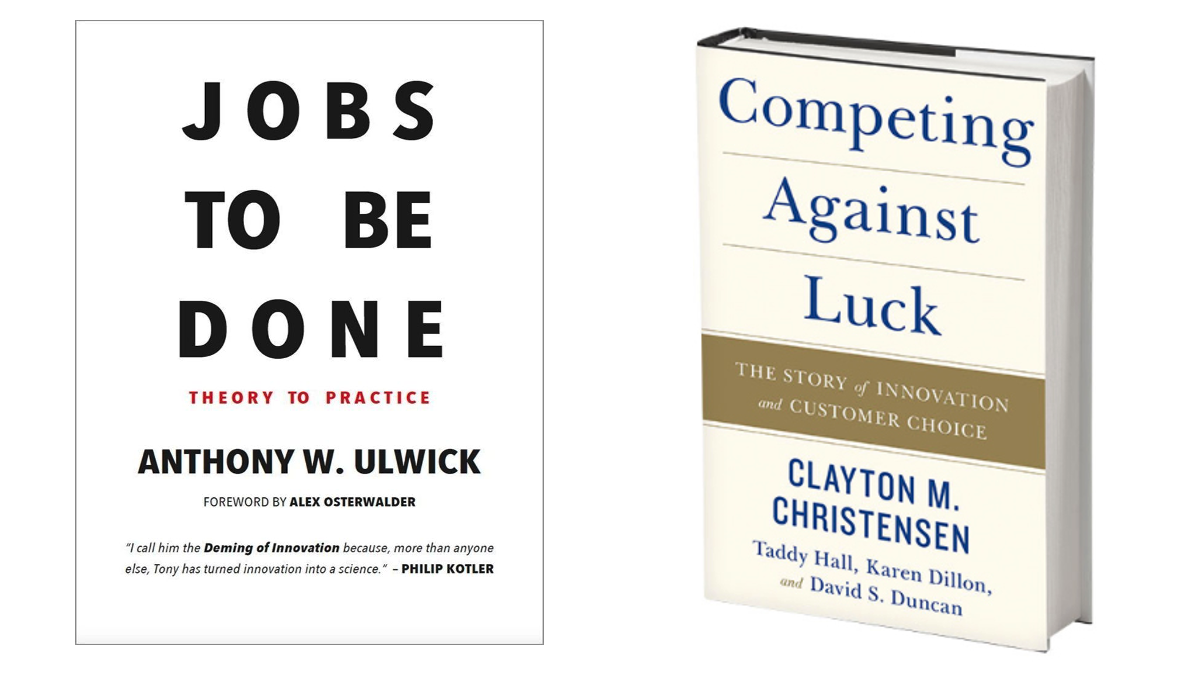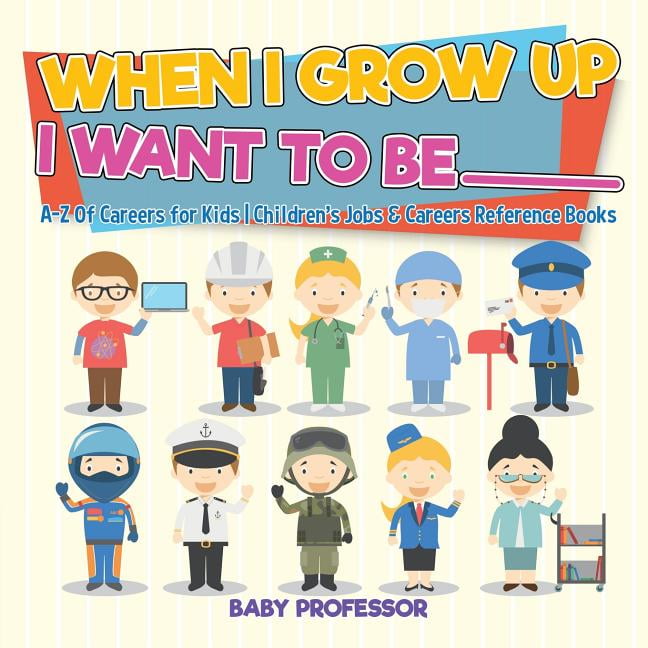
In everything we do at The Garage Group, we believe in iterative discovery and validation, and Jobs to be Done is no different. The Job should not be so complex that great insights and concepts that we know to be true needs for consumer pain points are eliminated because they don’t match up completely with the very complex Job we’ve pigeonholed ourselves into.

We don’t view Jobs as a tiny little box that everything else hinges on and needs to fit perfectly into. It is a powerful framework, and a process to leverage and build onto over time. The Job should be clearly defined and articulated at the beginning of a larger ideation, strategy, or architecture session and then rightly applied throughout the process. Similar to how we approach everything at TGG, we incorporate thinking and learning across all schools of thought and remain “method agnostic.” We see Jobs to be Done as a framework that’s rooted heavily in consumer empathy to guide our thinking connecting real pain points in specific circumstances to desired outcomes. In this school of thought, consumer preferences and a consumer’s desired outcome are considered the same thing and cannot be quantified. It’s the process a consumer goes through when he or she aims to transform her existing situation into a preferred situation, but can’t do so today because of constraints. This “Opportunity Algorithm” measures and ranks innovation opportunities on the backend, and Ulwick’s formula gives twice as much weight to consumer importance as to consumer satisfaction.Ĭustomer Preferences and Desired Outcomes are the Same – Klement: A Job to be Done isn’t found or created, it’s designed. ODI links a company’s value creation to consumer-defined metrics. As people complete these jobs, they have certain measurable outcomes that they are attempting to achieve. Outcome Driven Innovation – Ulwick: ODI (Outcome-Driven Innovation) is the understanding that people are buying products and services as a means to get jobs done. Is there a Job for our consumers that needs to be done but no current product that exists today to get the Job done? In order to solve for this, it’s critical to consider the specific circumstances the consumer is in and the context as we’re looking to understand the Job to be Done. We’ve put together a high level “cheat sheet” of our takeaways from three of the biggest thought leaders on Jobs to be Done.Įmphasis on Consumer Circumstances – Clayton Christensen: An approach that puts a heavy emphasis on the consumer circumstances. Since then, many schools of thought have emerged.

Christensen then popularized the method, nicknaming it “Jobs to be Done” in his book The Innovator’s Solution in 2003. Ulwick introduced Clayton Christensen to this “Outcome-Driven Innovation” idea in 1999. By studying the process, we are able to break it down into steps and assign metrics to each step. We can apply this to the process of innovation by studying the process and outcome people are trying to execute when they use a product or service, rather than studying the product itself. It uses a set of quality management methods, mainly empirical, statistical methods, to address process deficiencies. Six Sigma thinking seeks to improve and manage the process flow, remove non-value-add steps, and enable those involved in the process. Sitting in a meeting on Six Sigma process improvement, Anthony Ulwick had the lightbulb moment that corporations should be studying the “outcome” people are trying to execute when using a product, rather than making improvements to the product itself. Our approach integrates the tried and true principles of Jobs theory but takes into consideration specific challenges that Bigcos face and how Jobs theory can best equip Bigco teams to solve them.

Our Jobs to be Done approach has continued to evolve over the years as we’ve applied it to the product, brand, and company challenges with CPG, food and beverage, financial services, and construction teams. The Jobs to be Done theory and practice isn’t anything new but like any methodology, there are many different schools of thought, frameworks, and tools that teams and companies can use when approaching “Jobs.”


 0 kommentar(er)
0 kommentar(er)
